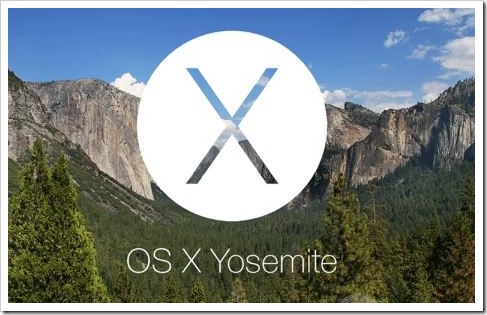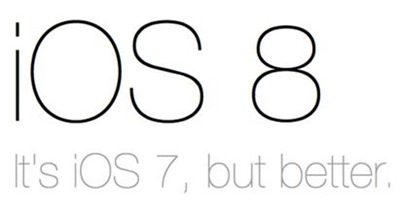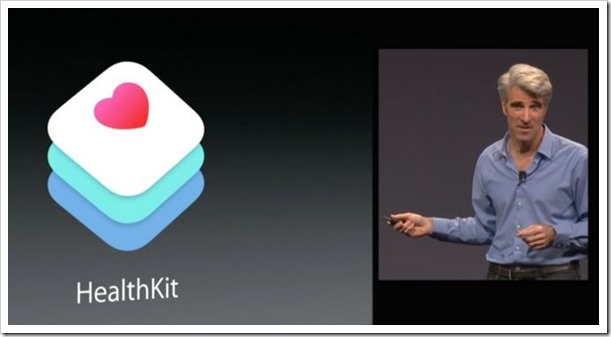What We Got From WWDC 2014 This Year
Apple recently announced new developments in its Worldwide Developer Conference 2014 (WWDC 2014). While there were many speculations, in the end, it turned out to be a software show.
Apple updated both of its OSes and brought iOS to version 8 and OS X to 10.10 (Yosemite). Other than that, Apple also introduced a new programming language (Swift) to run side by side its Objective-C. Only time will tell if it ends the rein of Objective-C in Apple development. Here is a quick look at what all was announced at this years WWDC 2014.
OS X Yosemite
For the first time since ever, Apple is giving away its OS as a beta. It is a fact that Apple is trying to converge its two OS as much as possible. In both looks and functionality it is incorporating more features from iOS to OS X.
A more flat design has been applied while removing gradients and textures. Notification center has been updated and now can be improved with third party widgets and apps from Mac Store.

Apple has also introduced iCloud Drive which basically adds Dropbox-like-quality to the operating system. It helps sync users everything across their Mac and iOS devices. The best thing about this is that one can search everything from Finder and individual folders and tags can be added to the drive. This has also enabled Apple to improve the mail system where if the recipients’ email rejects a large attachment, Apple will simply send the iCloud Drive link for them to download the attachment.
Safari has been improved by adding more iOS features like “share” button and Tab View. AirDrop can now work across Mac and iOS devices unlike previously when only either Mac or iOS devices could share files among themselves.
People who have an iPhone and a Mac can easily use Mobile Hotspot now as Apple has improved the procedure. Another interesting feature is HandOff that syncs everything between devices in a way that you can start a mail in your phone and your Mac will ask you to finish it if you switched to it. Also, now, you can SMS and Phone calls from all your devices.
iOS 8
Interestingly, most of the features that iOS 8 gets, are already in Android. So, in a lot of ways, Apple is playing catch-up here. The good thing is that while Android provides it through apps, Apple will give you these features in built.

First, the notifications are improving in iOS. You can now ‘like’ a Facebook post directly from the notification panel and even through the lock screen. Also, Apple is giving the third party widgets opportunity to use the notification panel and now we might see many apps creating widget versions of themselves.
Third party Keyboards have been given place in iOS now. Also, Apple has updated its keyboard and now it has a feature “QuickType” which completes even whole answers for you. Messages has also been updated and now has audio and video chat. It also has self-destructing messages (akin to snapchat).
Siri has been given an OK Google kind of feature and can be activated by saying ‘Hey Siri’.
Apple has also given some focus to Health in its new update with an app- “HealthKit” which tracks personal health and fitness data. It will integrate with the other apps and bring the information from them into itself. The idea is to put all your health related information in one place.

From its past experiences with children buying expensive apps or making costly in-app purchases, Apple has introduced a feature ‘Family Sharing’ where upto 6 accounts can share itunes purchases if they have the same card. Also, it allows parents to approve or deny the purchase of their children.
Apple has also synced the photos to the cloud and make it available to all the iOS devices simultaneously.
Swift Programming Language
Apple has created a new programming language that Apple wants to displace Objective-C over time. It is supposed to be faster than Objective C and for now can run side by side with it so that developers can smoothly transition from one to the other. It is yet to be seen what is the uptake of the language but if the benefits are immense, it will most likely be the future of Apple development.
I take away three things from this:
1. In the software arena, Apple is giving the third party developers a large amount of free reign. While earlier, iOS was completely sandboxed, Apple is improving what third party developers can access and do with that access. This is good news and open new pathways.
2. The features themselves are more catching up to Android than anything else and with a new version of Android around the corner, Apple might still be left behind this time.
3. Apple might someday converge the two operating systems like Windows did and because it is doing it slowly, acceptance will be greater unlike what happened with Windows 8.
What did you think about WWDC 2014?

[…] Google Fit, that’s what Forbes is referring to it as, will allow users of Android devices to keep a track of various health metrics through wearable gadgets (such as fitness bands or smartwatches) and a simple app. It will be similar to Apple’s recently introduced Healthkit platform, announced during WDDC 2014. […]